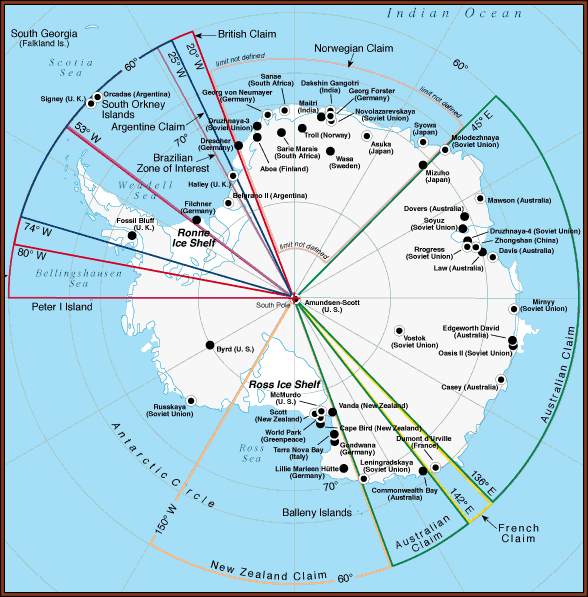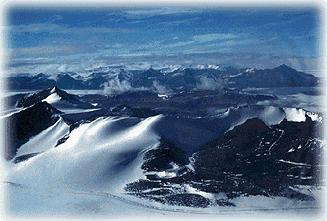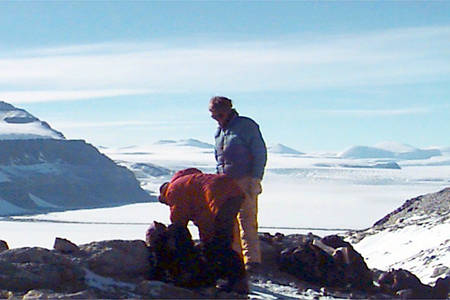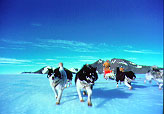

to the bottom of the world ANTARCTICA 
|

|
| Described as the last great wilderness, Antarctica
is virtually untouched by human actions. Although remote and hostile,
this huge continent around the South Pole is rich in wildlife, breathtaking
scenery and natural resources.
Antarctica covers about 14-million square kilometres, or 10% of the earth's land surface. A permanent ice cap covers 98% of the land, with an average depth of 2 km and a maximum depth of 4,5 km. The main ice-free areas are around the coast, but in many places the icecap extends off shore in vast ice shelves. About 90% of the world's fresh water is stored in this icecap and if it were to melt the world's sea level could rise by an estimated 55 metres. A place of extremes, Antarctica boasts the world's lowest temperature of -89,2 degrees centigrade and winds of up to 320 km/hour. Antarctica plays an important role in the earth's climate and weather patterns, and is of vital interest for scientists studying the earth's evolution and atmosphere. Layers of ice, compacted over millions of years, provide a history of the earth's climate. By studying cores drilled out of the ice, scientists can detect temperature changes over the centuries. Trapped air bubbles record changes in the concentration of carbon dioxide in the atmosphere, essential to our understanding of global warming. Ice cores have shown how radioactivity and lead pollution have increased in the atmosphere since 1945. ------------------ |
|
What's Antarctica like? Check out this photo journal and it'll give you an idea of the look and feel of this icey continent. 
|
|
Seven scientists' and mountaineers' journey to Antarctica. Read about their journey of discovery to this "7th continent".  |
|
Learn more facts about Antartica here.  |
 One fire burns out, another's burning, One pain is lessen'd by another's anguish. (Sc. 2. Romeo and Juliet * William Shakespeare) |
|
chatter's list * ocean * ice caves * guestbook |
  1 may 1999 music: stand by me |